Function Machines Activity from CPM
This blog post contains Amazon affiliate links. As an Amazon Associate, I earn a small commission from qualifying purchases.
During the Summer of 2016, I attended a section called “Fun Functions” by CPM at the OCTM Summer Conference. That is where I learned about this function machines activity.
Given a starting value and an ending value, students had to arrange the function machines so that if the starting value was used as the input of the first machine, the output of the first machine was used as the input of the second machine, the output of the second machine was used as the input of the third machine, and the output of the fourth machine was the given ending value.
For my Algebra 1 students, I used the free resource page offered by CPM on their website.
CPM also has an Algebra 2 version available on their website.
The first challenge I gave students was to start with 15 and end with -6. They were able to use our new group sized dry erase boards in order to work on this problem. We’ve had these boards for about a week now (as of November 2016), and we have already used them SO much. I’m so thankful for my school’s foundation for providing the grant money to buy six group sized boards for my classroom. They also bought us 75 dozen dry erase markers. We can do so much more math now!
Not all of my students were successful at completing this activity. In fact, I only had two groups of students successfully complete the challenge. I think this is okay. The purpose of this activity was to give students lot of practice evaluating functions. Even the unsuccessful groups tried a ton of combinations and did a lot of practice.
The groups who were successful were asked to complete a second challenge: If the final output is 2 and the first input is 8, what order should the function machines go in?


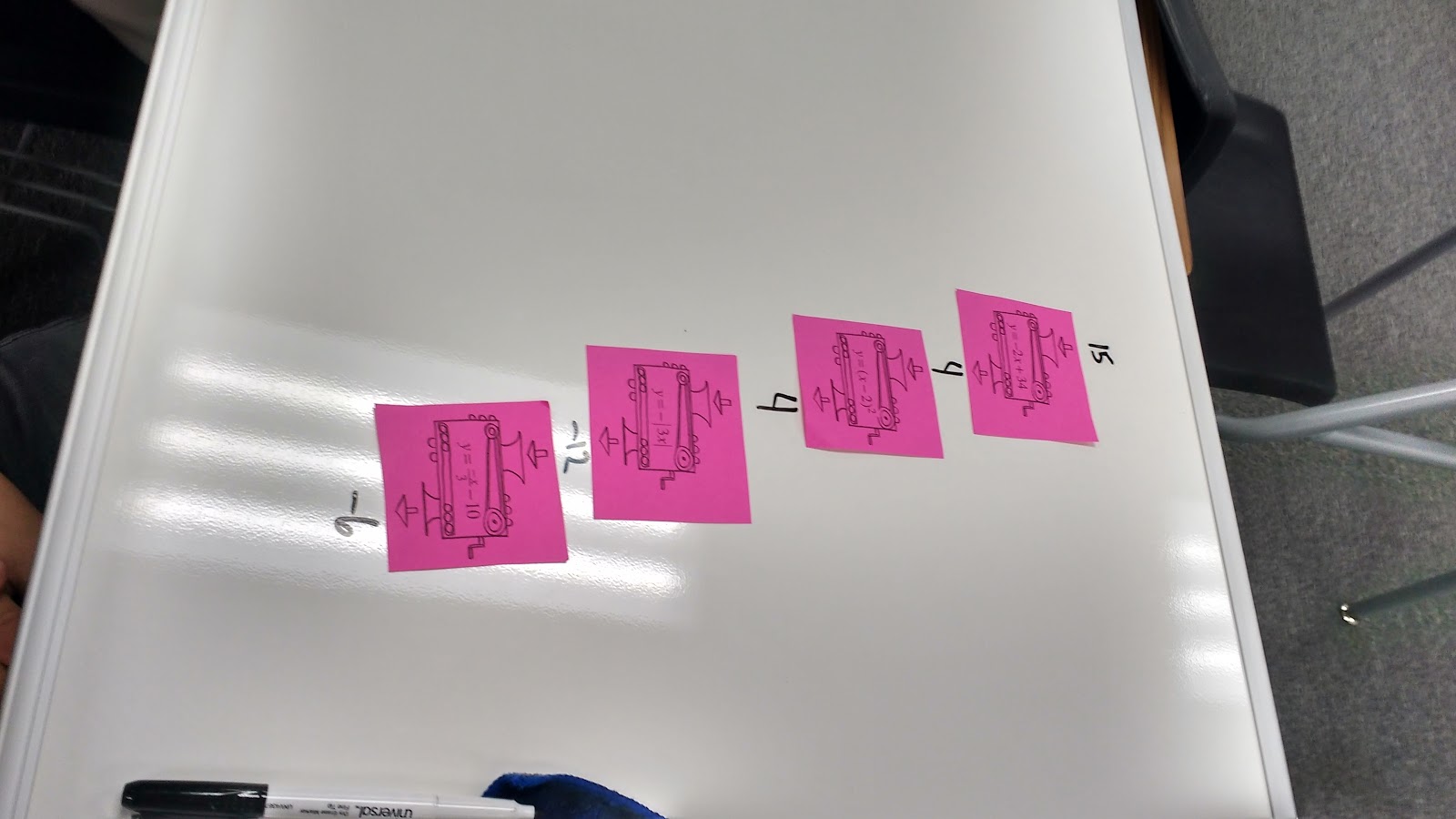
I’m looking forward to trying this function machines activity again this year with my Algebra 1 students. I think we will do lots more practice just working with the function machines before we tackle this problem. I’m hoping they will be much more successful as a result.

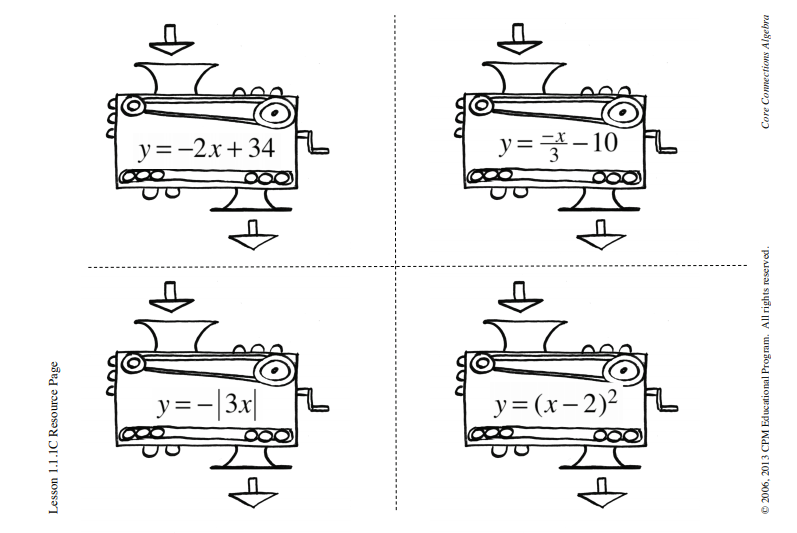
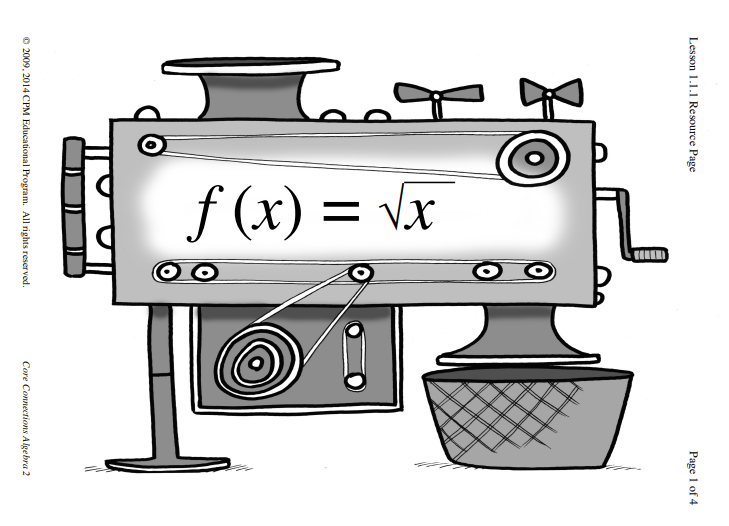
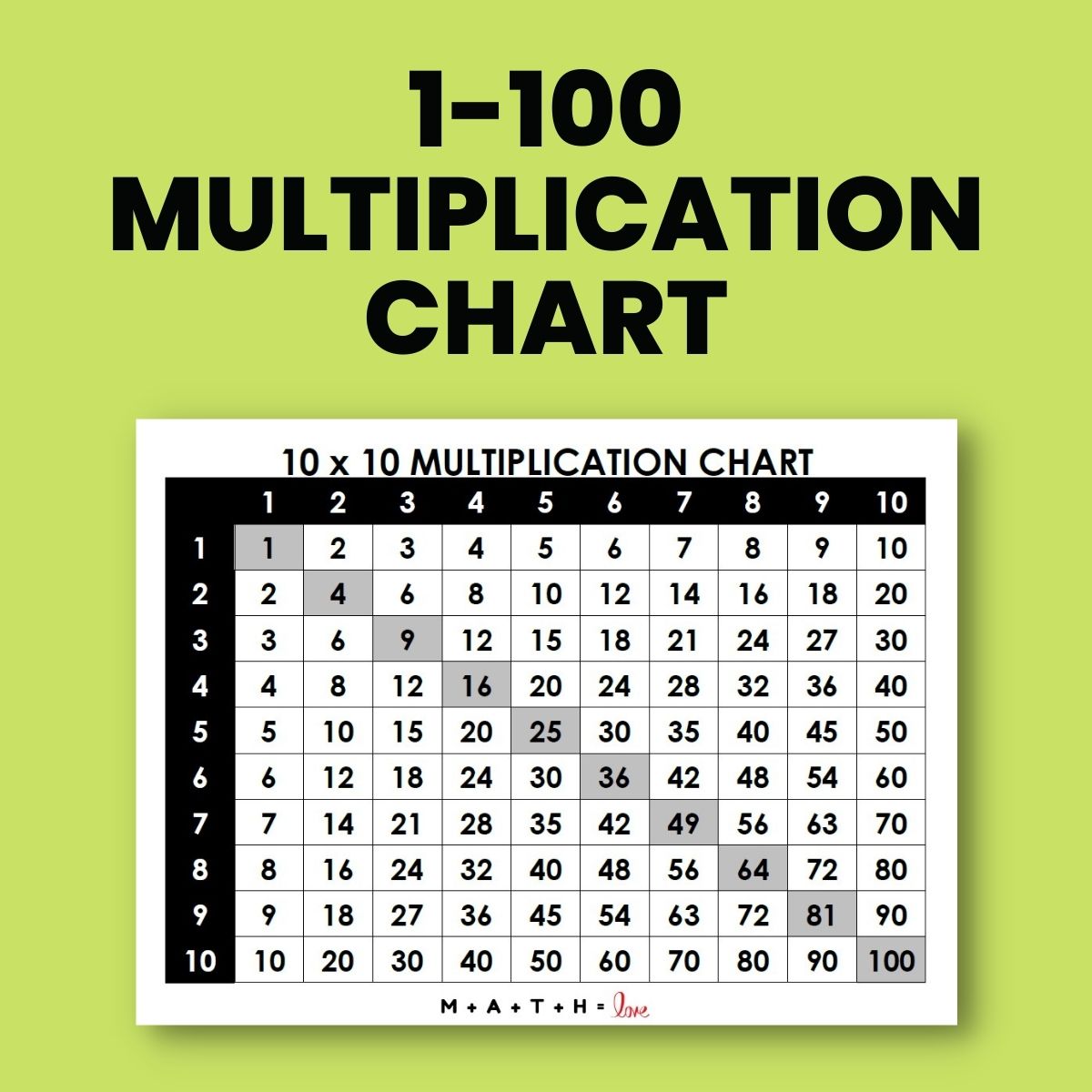

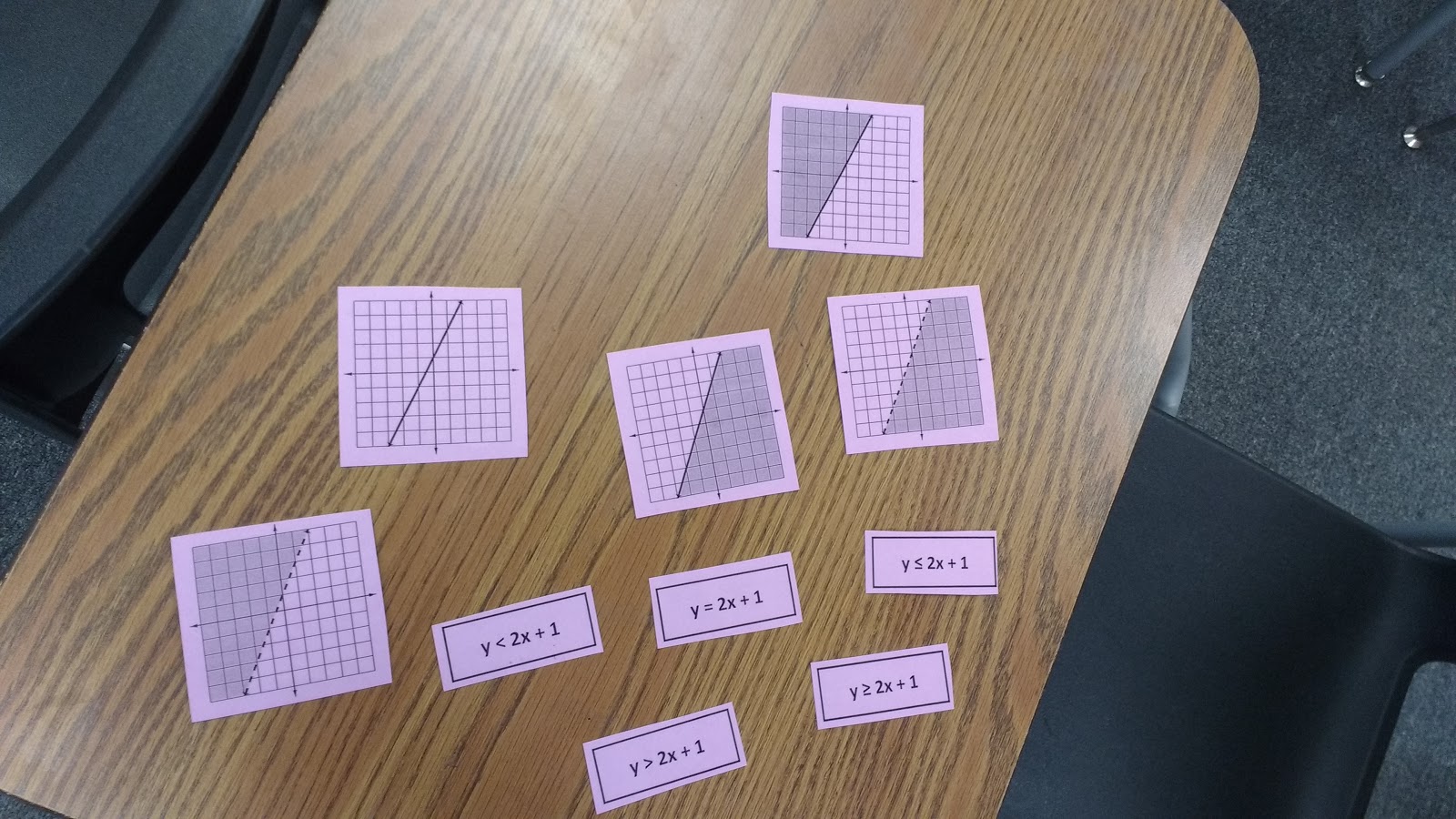

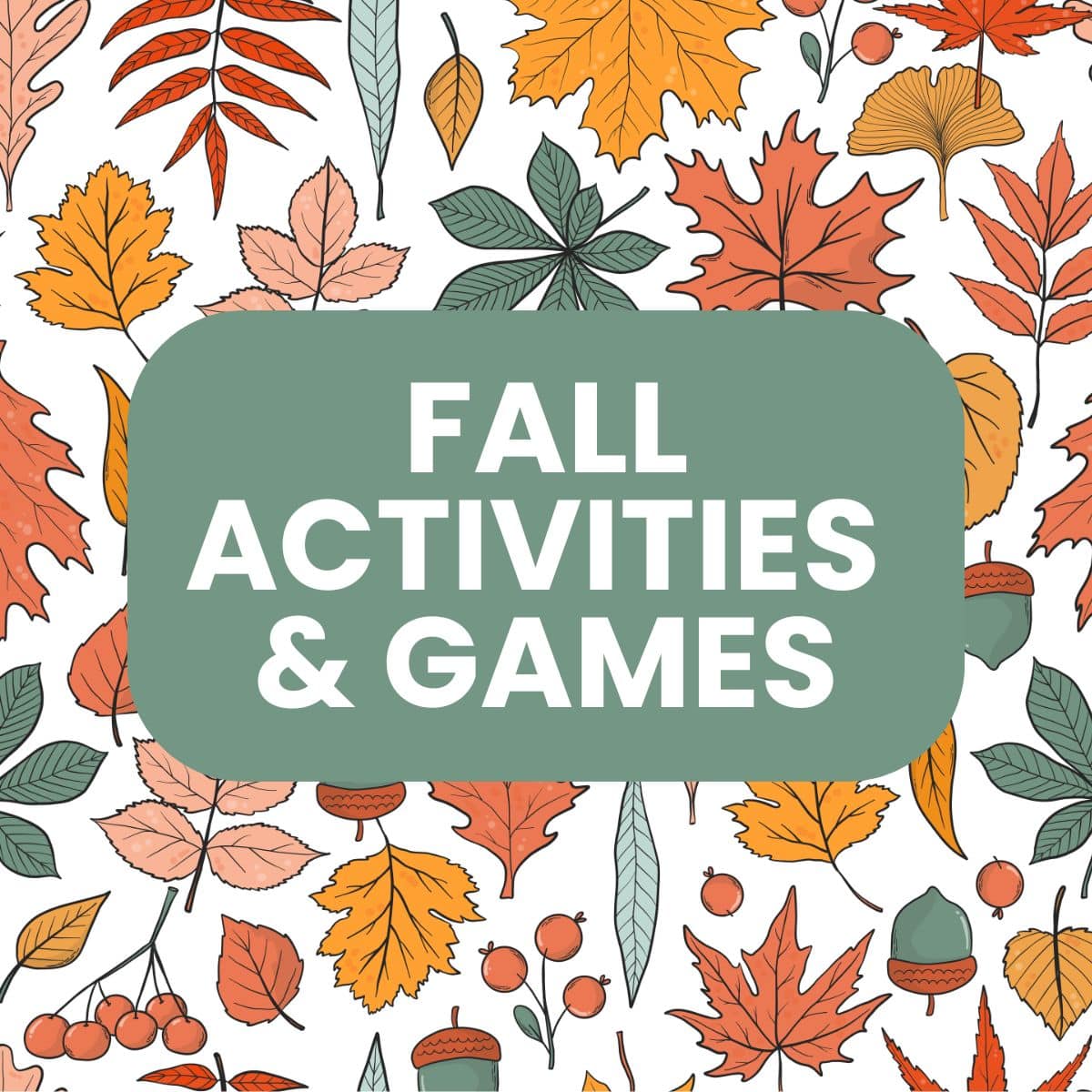

Hi Sarah
Saw this on your blog last week and wanted to try it out. Did this with my lower level Algebra 1 class yesterday. Gave them mini whiteboards, a set of cards, and a recording sheet. Asked them to start with 6 and end up with -8, 100, -38 and/or 10.816
(On the reverse side I asked them to start with 8 and end up with 784, -66, -234 and/or 18)
Started about 1/2 way thru class. For the majority of the kids it was a success – most got one or two – even had a student ask if she could come back and continue or borrow my cards!
Thanx